Brimming with an overflow of material, The Beatles uncorked The White Album in 1968. Technically titled The Beatles, it was the first and only double album that they’d release in their career.
Videos by American Songwriter
The White Album offers just about every type of music imaginable over the course of its four sides. It also offers some fantastic factoids and trivial information about its making, including these five juicy tidbits.
Real People Depicted
The Beatles started writing many of the songs for The White Album while on retreat in India in 1968, learning meditation at the foot of the Maharishi Mahesh Yogi. As such, several songs were thinly veiled depictions of actual events from the camp and the people involved in them. “Dear Prudence” referenced Prudence Farrow (sister of actress Mia) and her refusal to come out of her tent. “The Continuing Story of Bungalow Bill” was a jibe at a gung-ho hunter within the entourage. And “Sexy Sadie” was originally titled “Maharishi”. The song reflected how John Lennon ultimately felt let down by the “Giggling Guru”.
Ringo Leaves
Many, including certain Beatles themselves, have pointed to the White Album sessions as the beginning of the end for the band. No longer as tight as they once were, John Lennon, Paul McCartney, and George Harrison often worked in separate studios on the tracks they’d written. Meanwhile, Ringo Starr began the sessions feeling like he no longer had any connection with the other three. To that end, he briefly left for a boating holiday. In his absence, the band carried on and recorded both “Back In The U.S.S.R.” and “Dear Prudence” with Paul McCartney handling the drums.
Plenty for “Paul Is Dead” Believers
Paul McCartney is very much alive and well and still thrilling us with his albums and concerts. But the rumor of his untimely demise in an auto accident, which gained international steam in 1969, was already circulating circa the making of the White Album. For those inclined to believe such a thing, the double album provided clues galore. The gibberish at the end of “I’m So Tired” and sections in “Revolution 9” were supposed to refer to McCartney’s fate when played backward. “Don’t Pass Me By” mentions a car crash. Most notable was John Lennon’s assertion that “the walrus was Paul” on “Glass Onion”. John was just having fun with all that nonsense, not making some oblique reference to death as some believed.
Yoko Makes Her Presence Felt
We mentioned above the troubles brewing between members of The Beatles during the making of the album. The ubiquity of Yoko Ono at sessions for the album proved to be a big sticking point. Up to that point in their careers, the recording studio was like the sanctum sanctorum for the group. Ono started coming to all the sessions because John Lennon didn’t want to be away from her at any point. Several of Lennon’s songs on the album reference their new love. And Ono actually sings lead on a line of the vocals on “The Continuing Story Of Bungalow Bill”. That’s her playing Bill’s mother, singing, “Not when he looked so fierce.”
A Hidden Track
The Beatles crammed an even 30 songs into the four sides of the White Album. But you could make the case that there are actually 31 songs to be found on the sprawling release. At the end of “Cry Baby Cry” on Side Four, a fade-up of Paul McCartney playing an acoustic guitar and singing a song called “Can You Take Me Back” can be heard. Before long, it fades out, and the weird sound collage “Revolution 9” begins. On future albums, The Beatles included extremely brief songs in the track listings. There’s “Dig It” on Let It Be, and “Her Majesty” on Abbey Road. But in this case, they rendered “Can You Take Me Back” as one of rock’s first hidden tracks.
Photo by Keystone Features/Hulton Archive/Getty Images


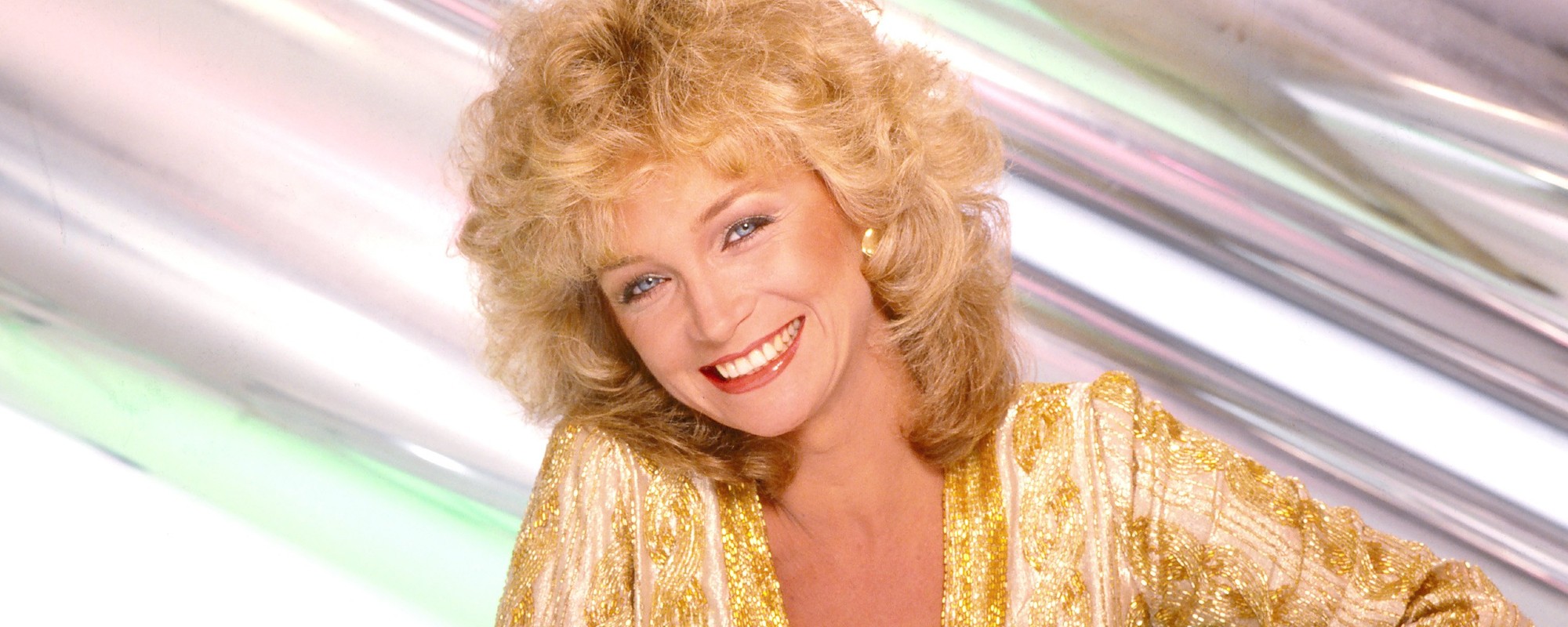
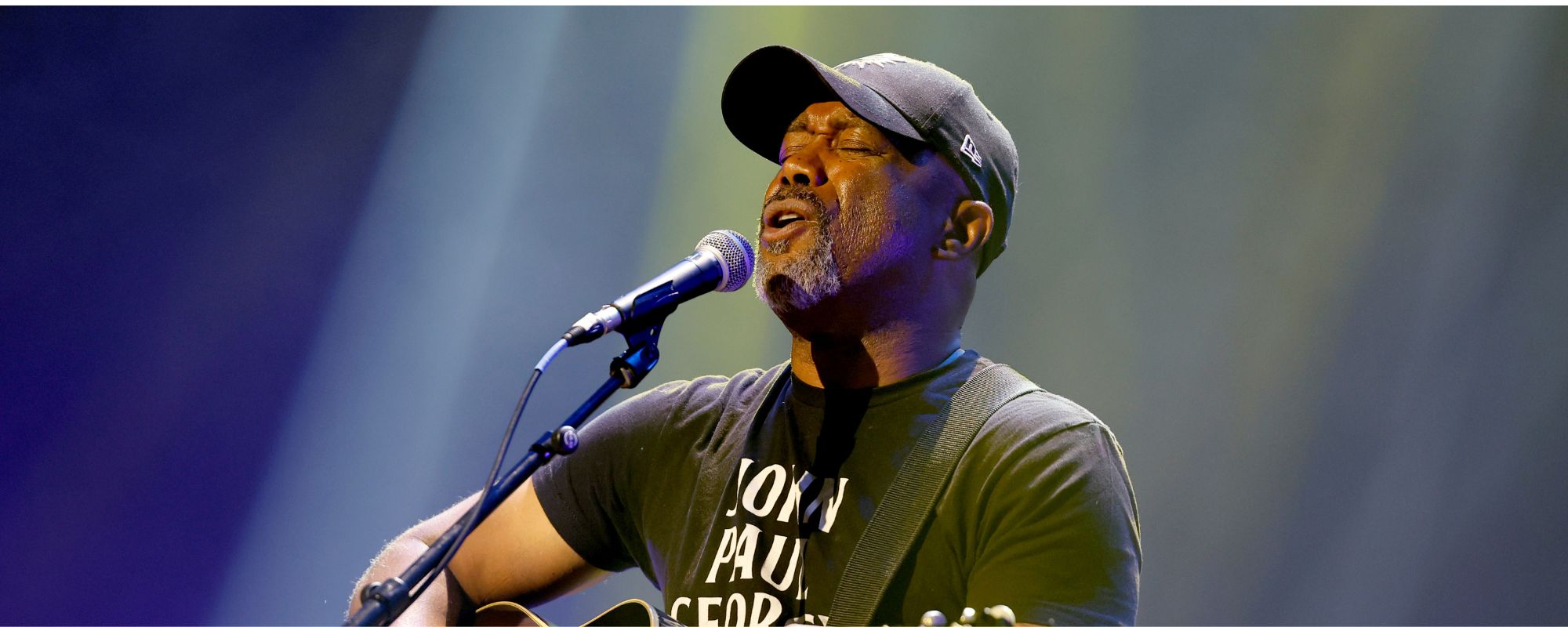
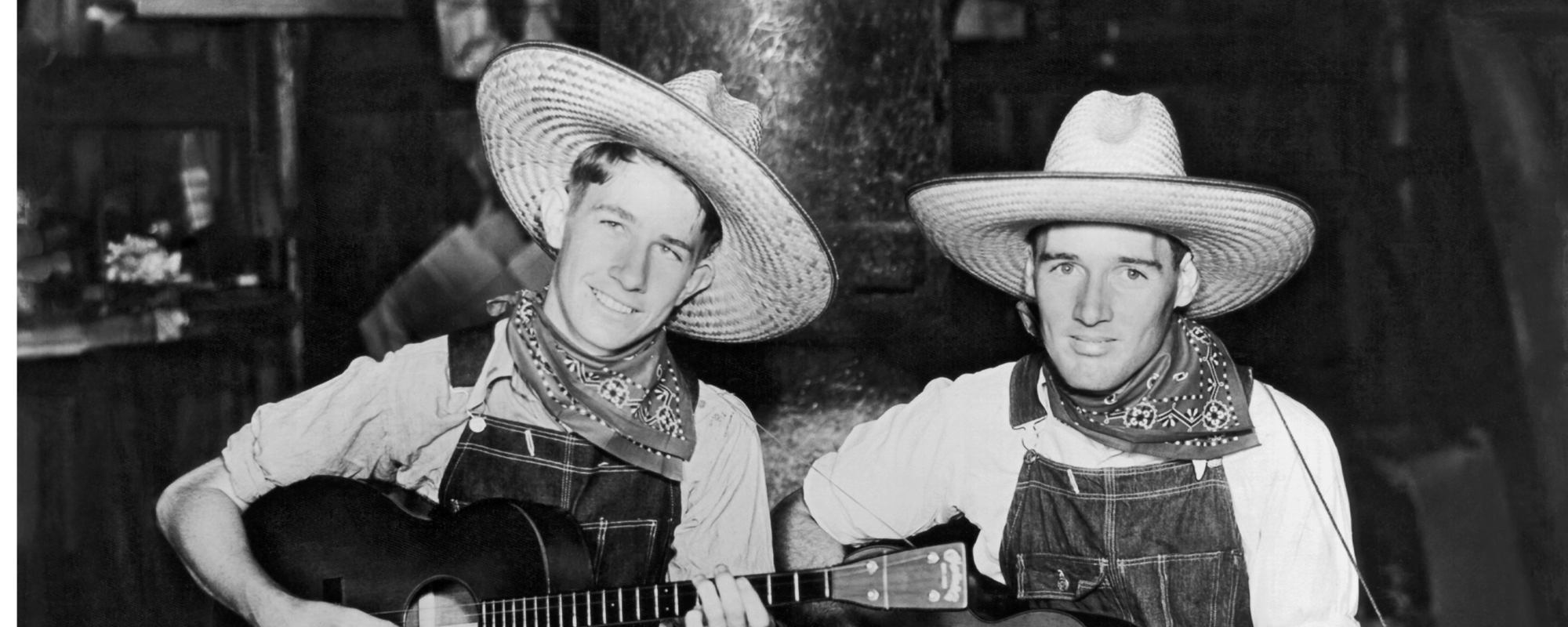
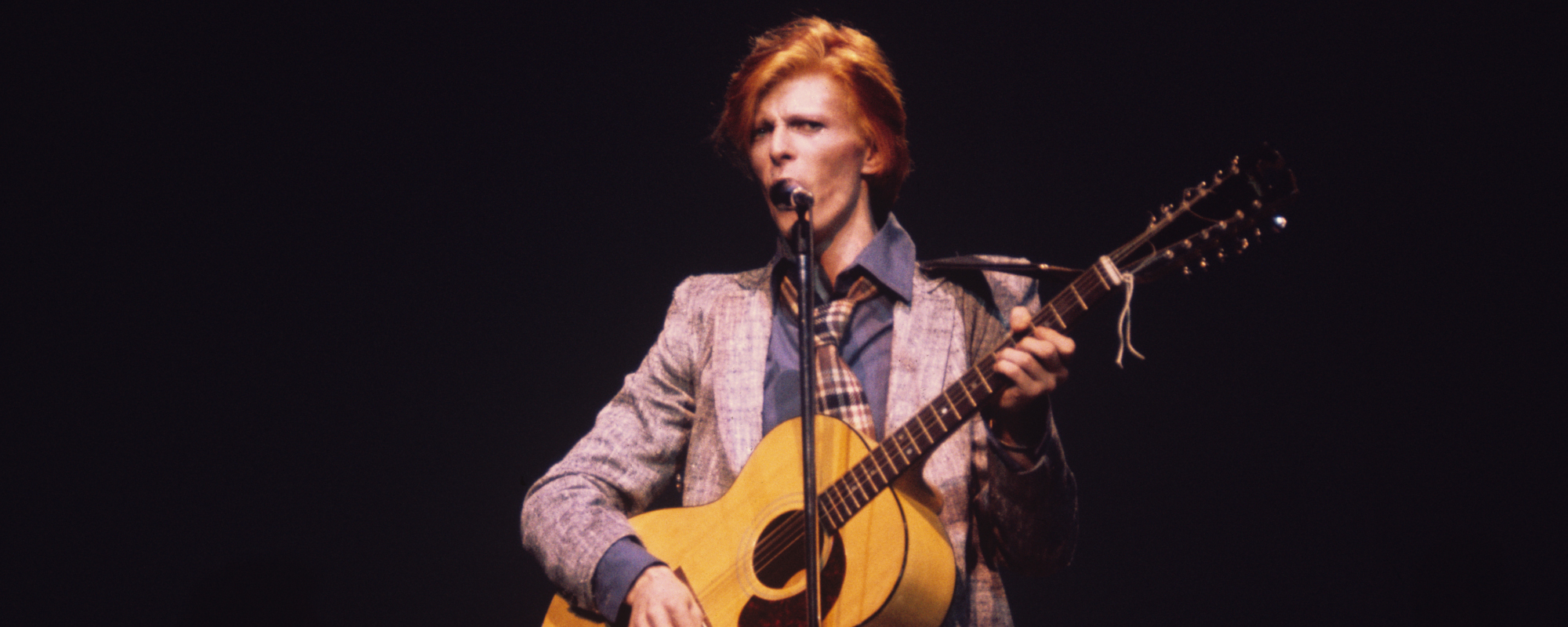

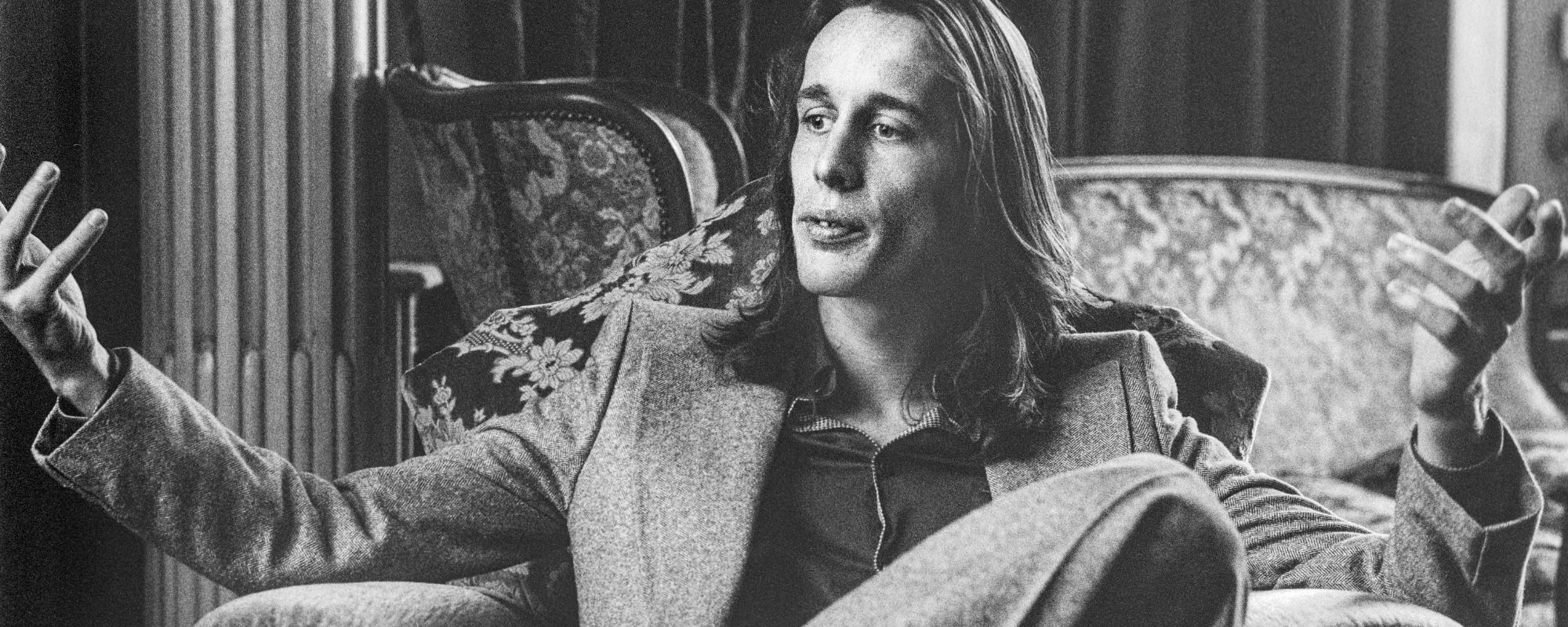


Leave a Reply
Only members can comment. Become a member. Already a member? Log in.